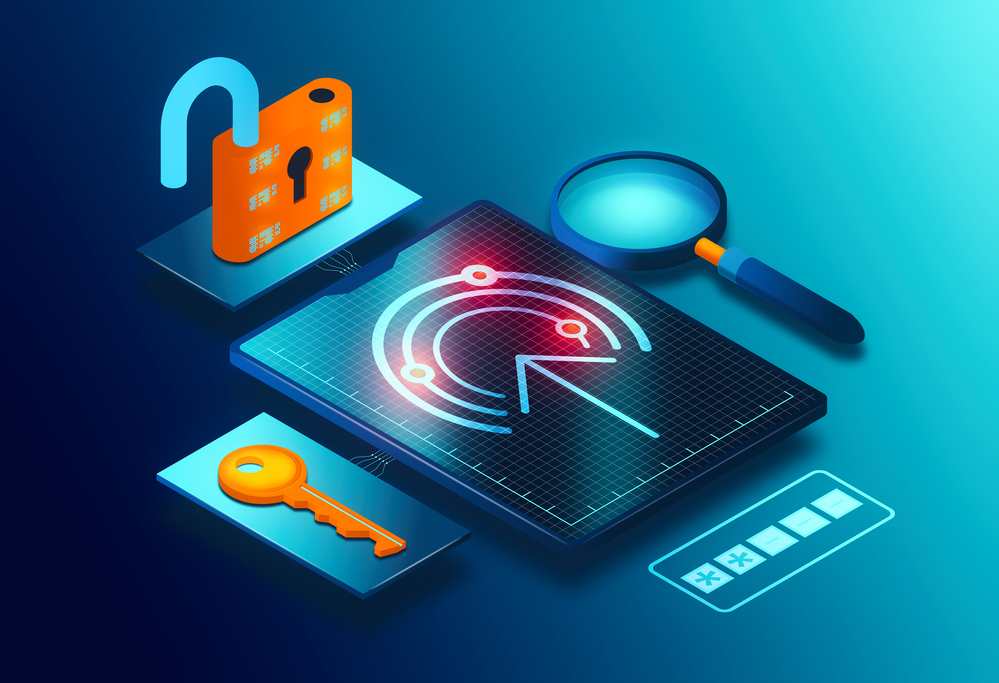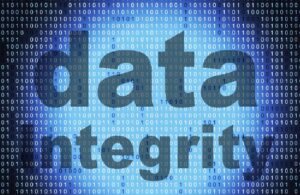
Organizations are migrating more of their core operations to the cloud, seeking flexibility, scale potential, and cost reductions. But they aren’t simply uploading to one cloud environment—they’re building complex architectures with multi-cloud and hybrid cloud constructs. Unsurprisingly, monitoring and maintaining these environments has become tricky. One promising pathway, however, is cloud infrastructure entitlement management or CIEM.
This is what companies should know about CIEM, how it differs from other management strategies, and what to consider before implementation.
What is Cloud Infrastructure Entitlement Management?
CIEM is the process of controlling access to cloud-based resources, as well as managing their use. Cloud service providers operate under a shared responsibility model, meaning that it is the responsibility of the organization to manage who (and what) has access to cloud resources and when.
Cloud resources today are rarely static. They’re provisioned and de-provisioned based on usage and need, so managing access to these ephemeral resources can be tricky. Cloud infrastructure entitlements are the collection of various permissions granted to people and programs across all the different cloud environments.
According to Gartner, CIEM offerings are specialized, identity-centric SaaS solutions. They focus on cloud access. They ensure that only authorized users have access to cloud resources and that all usage remains compliant, i.e., used in an appropriate and secure manner.
Entitlement management typically includes these four components:
- Identity and access management (IAM): Authenticate and authorize users across cloud environments.
- Role-based access control (RBAC): Assign roles and permissions to each of those users and groups
- Policy-based management: Define and enforce compliance rules for resource access and usage through a consistent and comprehensive, enterprise-wide system
- Auditing and reporting: Track and monitor user activity and resource usage to ensure continued compliance.
What’s the difference between CIEM and other types of access management?
Cloud infrastructure entitlement management is related to other access management types, but each is a distinct concept.
- Cloud Identity and Access Management (CIAM): A subset of CIEM focused on the identity management and access to resources within a cloud environment, including the registration, authentication, and authorization of users.
- External Identity and Access Management (XIAM): Identity management and access to resources outside the organization, such as customers, partners, and suppliers, and includes the management of registration, authentication, and authorization of external users.
- Enterprise Identity and Access Management (EIAM): A broad concept covering identity management and access to resources across an organization, whether those resources are in the cloud or on-premises. It includes all aspects of identity and access management, including registration, authentication, authorization, and access management for both external and internal users.
CIEM is specific to the cloud environment and includes setting up and configuring roles and permissions for different users or groups, as well as monitoring and tracking usage to ensure compliance with organizational policies. It focuses on those ephemeral assets held within a cloud environment—unlike CIAM, which arises from managing static cloud assets—and focuses on a more narrow scope than XIAM or EIAM.
See also: GDPR Compliance in the Cloud is Possible with Planning
What challenges does CIEM address?
CIEM addresses many of the challenges present in today’s cloud environments for businesses of all types, including small to medium businesses.
Multi-cloud complexity
Even though all cloud service providers are working to provide the same security measures and thwart similar attacks, they approach permissions and access differently. Companies leveraging a multi-cloud construct will need a single approach to managing access. CIEM integrates these approaches, providing visibility into the entire system.
Ephemeral resource access
Unlike static resources, managing ephemeral resources requires a more dynamic approach. CIEM offers the flexibility and visibility designed to manage these resources with fewer loopholes or insecure assets.
Over-permissioning
Cloud operations make everything available to everyone regardless of location—barring the correct access permissions. Consequently, it’s easy to over-permission. For example, companies may wish to avoid costly delays in work. Also, too many manual processes prevent companies from acting quickly to revoke permission. CIEM provides transparency and a simplified approach, so those risks are minimized.
Discovery of asset risks
With smaller-scale, on-premises systems, manually tracking and updating permissions is doable. When you extend those capabilities to the cloud—with hundreds or even thousands of different, potentially insecure resources—tracking is a large-scale challenge. CIEM reduces the manual load of monitoring and tracking permissions through policy-based management, role-based access controls, and auditing/reporting to track user activities.
The benefits of implementing Cloud Infrastructure Entitlement Management
CIEM features multiple types of benefits falling into three categories: security, compliance, and operational efficiency
Improved security
CIEM allows organizations to control access to cloud-based resources, ensuring that only authorized users can access any open resources. These solutions ensure accurate monitoring and complete visibility of access and usage of cloud-based resources. This capability helps organizations quickly identify and address potential issues or compliance violations.
More comprehensive compliance
CIEM can help organizations ensure that they are using cloud-based resources in compliance with various regulations, such as HIPAA. In addition, accurate reporting and documentation is a critical piece of compliance. With a granular level of tracking and reporting of all events and actions that took place in the cloud environment, organizations can detect security incidents, security breaches, or non-compliance. During audits, forensic evidence is readily available.
Streamlined and improved cloud operations
Despite the need to protect cloud assets, organizations must ensure users have the required resources to do their jobs and that those resources are used efficiently. Centralizing management of cloud environments allows companies to scale up or down as necessary. Also, CIEM integrates with existing security solutions and governance, risk, and compliance (GRC) systems. Therefore, organizations can have a single view of all their cloud-based resources and compliance requirements.
Leveraging CIEM could help secure a complex cloud
Traditional Identity Access Management can’t cover the scope of need in today’s complex cloud infrastructures. Manual approaches are becoming more untenable and put unnecessary strain on IT teams that could be tackling other challenges. However, companies have a good chance of addressing these cybersecurity risks and reducing the IT load with CIEM.
With comprehensive governance policies and automated reporting, companies can track and monitor permissions, user activity, and discovery to ensure the safety of cloud systems without preventing users from accessing the systems they need to work with. It’s well worth exploring as companies pursue dynamic multi-cloud infrastructure.

Elizabeth Wallace is a Nashville-based freelance writer with a soft spot for data science and AI and a background in linguistics. She spent 13 years teaching language in higher ed and now helps startups and other organizations explain – clearly – what it is they do.


